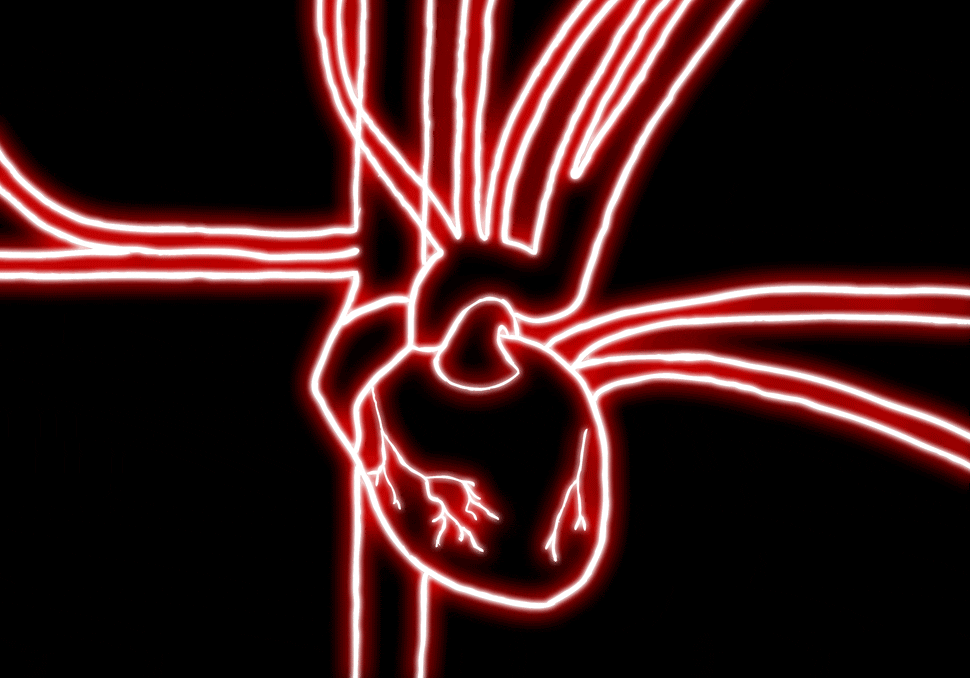It may surprise you to note that, according to the Centers for Disease Control and Prevention (CDC), there are about 610,000 people in the United States that die from heart disease every year – that’s one in every four deaths in America.
Guns kill less people, and that’s saying something in the US.
Heart disease is the leading killer of both men and women, but with early detection and preventative measures such as diet and exercise, heart disease can be beat. So it’s no wonder the global cardiac monitoring and CRM market is predicted to be worth a whopping $26.7 billion by 2020.
Now, this isn’t a market you’re probably familiar with, but it’s usually known by the initials MRI.
Physicians typically keep track of the heart’s health through diagnostic technologies such as Magnetic Resonance Imaging (MRI) to accurately produce 3D pictures of the heart. The reason for this, is that the heart tends to change shape according to how it’s been diseased. By imaging the heart, doctors can monitor on-going therapies as well as better gauge when and if surgery may be required.
But here’s the big problem: MRI machines are insanely expensive and huge, taking up an entire room. They are also incredibly noisy, as a giant magnet spins around you at dizzying speeds. Then, you are basically trussed up like a sausage, shoved into a tiny donut hole in a giant piece of medical whitegoodery, and forced to remain still for longer than any human should.
And that’s if you make it through a massively long waiting list. If the results are inconclusive, and sometimes they are, or that sneeze you couldn’t hold in messed everything up, you’re back to the end of the line. There must be a better way.
Ventripoint Diagnositics (VPT.V) would really like you to believe this, as they are pushing the cardiac diagnostic envelope with their patented and proprietary VMS Technology, designed to give doctors another option besides the MRI.
VMS was initially designed to provide 3D quantification of the right ventricle of the heart through the convenience of 2D echo imaging, but the company was also able to secure the licensing from the University of Washington for additional heart analysis technologies that would allow the VMS-PLUS machine provide a whole heart analysis, measuring all four chambers.
Even in its expanded state, the process is far simpler and cheaper than an MRI, taking approximately ten minutes, with the same footprint as an average mid-size ultrasound machine. Any general heart condition including heart failure, valve disease, tetrology of fallot (that old chestnut), pulmonary hypertension and d-TGV (post atrial switch), can be diagnosed using VMS.
In layman’s terms, it’s mondo useful for the doc, cheaper to operate and buy, quicker for the patients, and comparable to what an MRI produces, at least for the right ventricle (coming soon: left!).
A big plus: Ventripoint’s VMS technology is installed into existing ultrasound systems, and doesn’t require anything beyond standard cardiac views.
What will 2017 bring for Ventripoint investors?
Well, for starters: China.
Equity Guru’s own Chris Parry spoke with Ventripoint Diagnostics CEO, George Adams, to get an up-close view of the company, its progress and future investment potential. Have a listen.
–Gaalen Engen
http://twitter.com/gaalenengen
FULL DISCLOSURE: Ventripoint does not have a commercial relationship with Equity.Guru, the author, and neither own stock in the company.


Lets get these guys back for an update. I like what I see. Great interview Chris.
Cheers